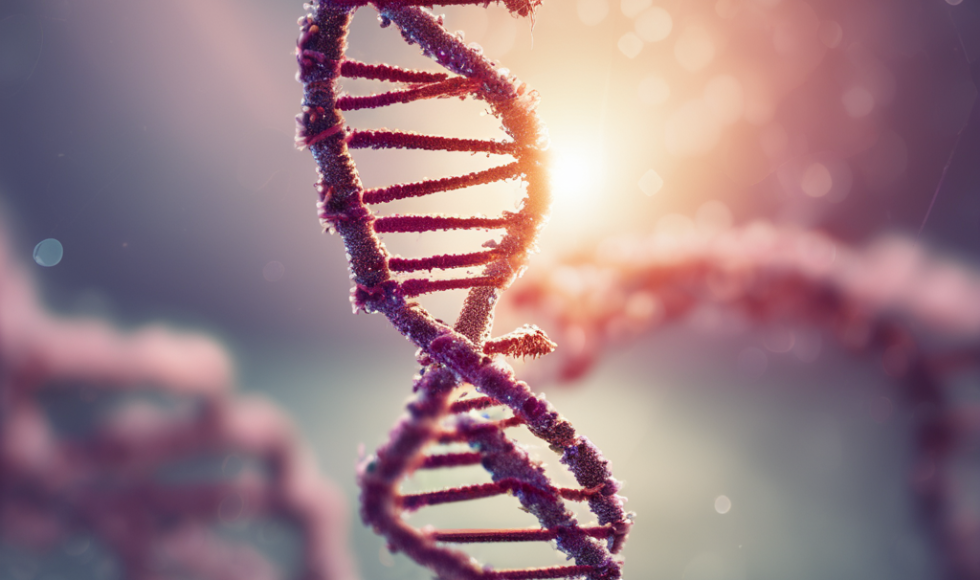Tonight, I watched the London Calling 2024 session “CoRAL accurately resolves extrachromosomal DNA structures with long-read sequencing.” Matthew Jones from Stanford University was the presenter and spoke about their toolkit to study extrachromosomal (ecDNA) oncogene (focal) amplifications. ecDNA seems to be large (100 kb-50 Mb) circular and highly rearranged. Jones noted it is also rapidly evolving and designated as a “grand challenge in cancer” because of its association with shorter patient survival. Typically, it has been studied with short-read sequencing by estimating segmental copy numbers and predicting the presence/absence of sequences. With long-read sequencing, breakpoints can be accurately detected, phasing of sequences can be achieved, and structure heterogeneity can be deconvoluted. Jones and team developed the Complete Reconstruction of Amplicons with Long Reads (CoRAL) that uses long-read Oxford Nanopore data, seed amplification detection, and can infer breakpoints. Jones explained how they have used the toolkit to simulate and analyze data. The output is a collection of ecDNA amplicons. Reconstructions matched what is expected from validated cell lines. I wonder if CoRAL could be used for other types of samples…



